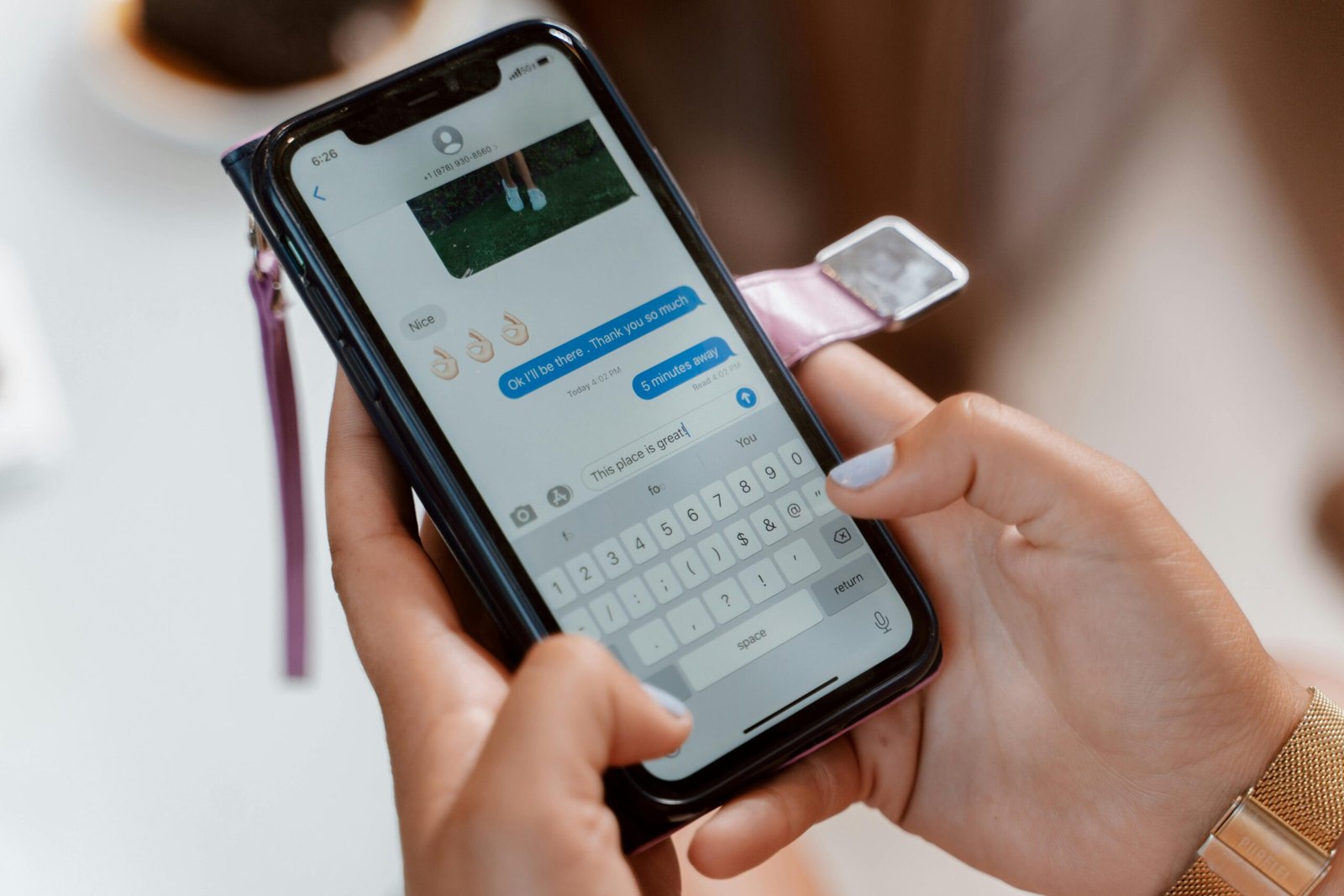We all do it. A text gets ignored, a tone sounds off, a plan changes—and our brains sprint to the worst-case story. Assumptions feel like shortcuts, but they’re actually emotional booby traps. There are always two sides to a story, and often a third: the truth that sits between them. Slowing down to collect evidence won’t just save you from embarrassment; it can spare you huge heartache.
The Assumption Trap (and Why It’s So Seductive)
- Strong feelings masquerade as facts. Anger, shame, jealousy, and fear shout louder than reason.
- Past pain fills in the blanks. Old wounds recycle old narratives: “Here we go again.”
- Addiction brain loves certainty. In crisis or craving, your mind reaches for quick conclusions to end discomfort fast—often the wrong ones.
A Better Way: Investigate Before You Conclude
Think like a compassionate detective: curious, thorough, and fair.
- Name the Trigger (Objective First).
“I texted at 2:14 PM. No reply by 6:00 PM.” Stay with facts, not feelings. - Label the Story You’re Telling (Subjective Next).
“They don’t care.” “I’m being ghosted.” Call it a story, not the truth. - Collect Evidence—For and Against.
- For: “They’ve cancelled late before.”
- Against: “They usually reply; they said today was hectic.”
- Seek Missing Data.
Ask one clear question: “Hey—did you get my message earlier?”
You’re not attacking; you’re clarifying. - Check Context.
Are you HALT (Hungry, Angry, Lonely, Tired)? In a craving or high-stress window? If yes, delay decisions 20–30 minutes. - Choose the Next Best Step, Not the Final Verdict.
One step could be: breathe, journal, ask, wait, then reassess.
Coping Skills That Stop the Spiral
- The STOP Skill (60 seconds):
Stop · Take a breath · Observe your body/story · Proceed with one small, wise action. - Urge Surfing (for cravings & heated emotions):
Notice the peak → ride it like a wave → it passes in minutes. Set a 10-minute timer and do something neutral (walk, shower, tidy). - Thought Record (quick version):
Situation → Emotion (0–10) → Automatic Thought → Evidence For/Against → Balanced Thought → New Emotion (re-rate). - Body Reset:
4–7–8 breathing, stretch, cold water on wrists/face, 20 push-ups—anything to downshift your nervous system. - Connection Cue:
Text a sponsor/trusted friend: “I’m spiraling. Need a mirror, not advice. Can I read you my facts vs. story?”
Two Sides, One Bridge: Scripts for Curiosity
- “I want to check my understanding before I react. Here’s what I noticed… What was happening on your end?”
- “I’m telling myself a story that ___. Is there another way to see it?”
- “Can we rewind? I felt triggered and I might be filling in blanks.”
Red Flags vs. Green Flags (Use This Mini-Checklist)
Red Flags (slow down more):
- You’re sleep-deprived, hungry, or just argued with someone else.
- You feel shame or panic and want to act immediately.
- You’re reaching for numbing (scrolling, substances, overspending).
Green Flags (proceed gently):
- You’ve checked the facts twice.
- You asked a clarifying question.
- Your body feels 20–30% calmer than it did 10 minutes ago.
For Addiction & Recovery Moments
- Cravings distort conclusions. A craving can morph “They’re late” into “I’m worthless.” Name the craving out loud.
- Delay–Distract–Decide. Delay the reaction 15 minutes, distract with a neutral task, then decide with a clearer head.
- Replace the Reward. If you’re seeking relief, pick a healthy “fast relief” option: breathwork, brisk walk, shower, call, protein snack.
The Payoff: Fewer Breakups, Fewer Relapses, Fewer Regrets
When you investigate instead of assume:
- Your relationships get safer and more honest.
- Your mood stabilizes because you’re not chasing false alarms.
- Your recovery strengthens—fewer impulsive choices, more aligned ones.
Pocket Protocol (Screenshot This)
- Fact first.
- Name the story.
- Evidence for/against.
- Clarify once.
- Decide the next step (not the final verdict).
Bottom line: There are always two sides to a story—and usually a kinder third. Collect your evidence. Do your thorough investigation. Your heart (and future) will thank you.








